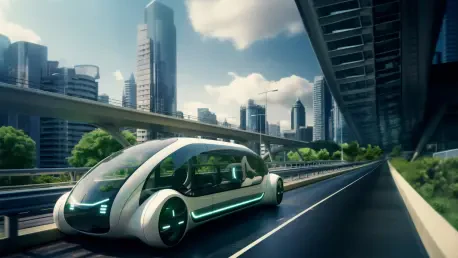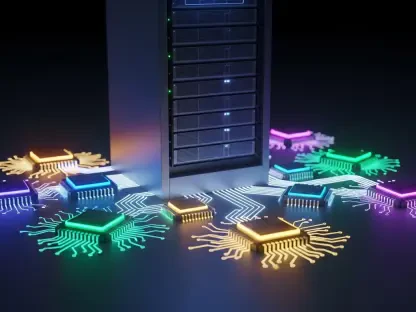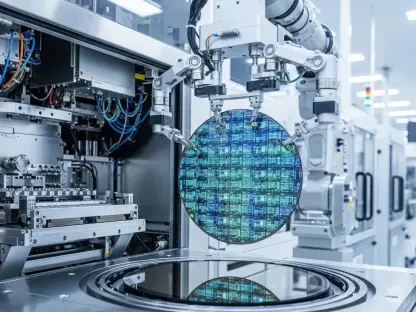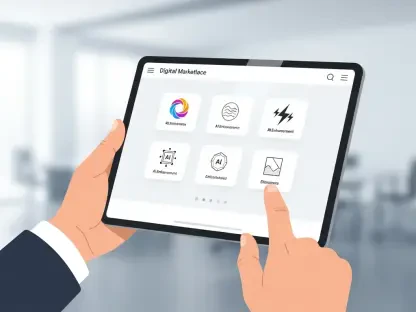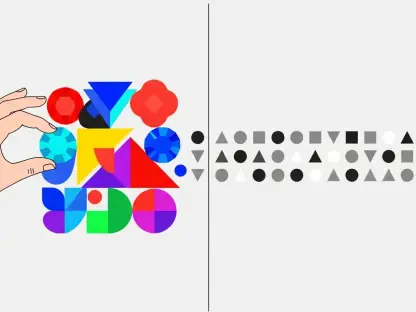I’m thrilled to sit down with Laurent Giraid, a renowned technologist whose expertise in Artificial Intelligence has paved the way for innovative solutions in sustainable transportation. With a deep focus on machine learning and natural language processing, Laurent has been at the forefront of integrating AI with eco-friendly driving practices to tackle pressing issues like vehicle emissions. Today, we’ll dive into his insights on eco-driving, the surprising impact of small changes in driving behavior, and how cutting-edge technology is helping us reimagine urban mobility for a greener future.
Can you explain what eco-driving means in simple terms and how it stands out from typical driving habits?
Eco-driving is essentially a set of driving techniques and technologies aimed at reducing fuel consumption and emissions by optimizing how a vehicle moves through traffic. It’s about smoother acceleration, maintaining steady speeds, and minimizing unnecessary stops. Unlike regular driving, where habits can include abrupt braking or idling for long periods at lights, eco-driving encourages a more mindful approach, often supported by real-time feedback from dashboards or apps to guide drivers on efficiency.
Why is idling at intersections such a significant contributor to carbon dioxide emissions in the U.S.?
Idling is a major issue because it burns fuel without moving the vehicle forward, essentially wasting energy. In the U.S., where signalized intersections are common, vehicles can spend a substantial amount of time stopped, contributing up to 15 percent of carbon emissions from land transportation. This problem is amplified in urban areas with heavy traffic, where drivers might wait through multiple signal cycles, releasing CO2 without any productive movement.
What factors lead to the wide range of emission reductions—between 11 and 22 percent—with full adoption of eco-driving in cities?
The range depends on a variety of factors like city layout, traffic density, and road design. In denser cities, there’s less space between intersections, which limits how much speed optimization can help. In contrast, cities with more spread-out grids and higher speed limits allow for greater adjustments in driving behavior, leading to bigger reductions. Other elements, like traffic signal timing and driver compliance, also play a role in how effective eco-driving can be.
How does a small group of just 10 percent of drivers using eco-driving achieve such a large portion of emission reductions?
It’s fascinating because it shows the ripple effect of behavior in traffic. When even a small percentage of drivers adopt eco-driving, they influence the flow around them through car-following dynamics. Non-eco drivers end up mimicking the smoother speeds and reduced stops of eco-drivers ahead of them, cutting emissions indirectly. This means you don’t need everyone on board to start seeing a significant impact, which is encouraging for gradual implementation.
Why is optimizing speed limits at just 20 percent of intersections so effective in achieving most of the emission benefits?
Targeting a small subset of intersections works because not all junctions contribute equally to emissions. By focusing on high-impact areas—those with heavy traffic or poor signal timing—you can capture a large share of the benefits without overhauling an entire city’s infrastructure. It’s a strategic approach that prioritizes efficiency, making it feasible for cities to start small and still see up to 70 percent of the potential reductions.
Can you break down what deep reinforcement learning is and how it helped in studying eco-driving scenarios?
Deep reinforcement learning is a type of AI where systems learn optimal actions through trial and error in simulated environments. Think of it as teaching a computer to play a game by rewarding good moves and penalizing bad ones. In our eco-driving research, it allowed us to model over a million traffic scenarios across thousands of intersections, optimizing vehicle behaviors for energy efficiency. This method helped us test countless variables and predict outcomes at a scale that would’ve been impossible manually.
What challenges did you encounter while using AI to model traffic behavior on such a large scale?
One of the biggest hurdles was ensuring the models could generalize across diverse traffic situations. Intersections vary widely in design and demand, so training AI to handle this complexity without overfitting to specific scenarios was tough. Additionally, balancing computational intensity with accuracy meant breaking down city-wide analysis into manageable chunks, like focusing on individual intersections, to avoid overwhelming delays while still capturing meaningful data.
What is your forecast for the future of eco-driving as a tool for reducing emissions in urban areas?
I’m optimistic that eco-driving will become a cornerstone of urban sustainability efforts. As vehicles get smarter with built-in connectivity and automation, integrating eco-driving features will be seamless—think intelligent speed controls becoming standard. Combined with the rise of electric and hybrid vehicles, I believe we could see dramatic cuts in emissions over the next decade, especially if cities prioritize strategic interventions at key intersections. The technology is almost shovel-ready; it’s now about policy and public buy-in to scale it effectively.
